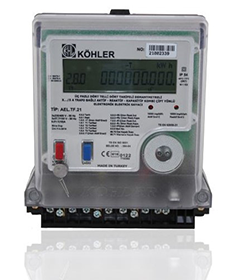
Lot Pano
BLOG
It is the main source of an electrical supply system that distributes the electrical current from the main source to the sub-circuits. It is the element that contains the switchgear and cable equipment necessary for the electricity distribution and control of the buildings and facilities.






